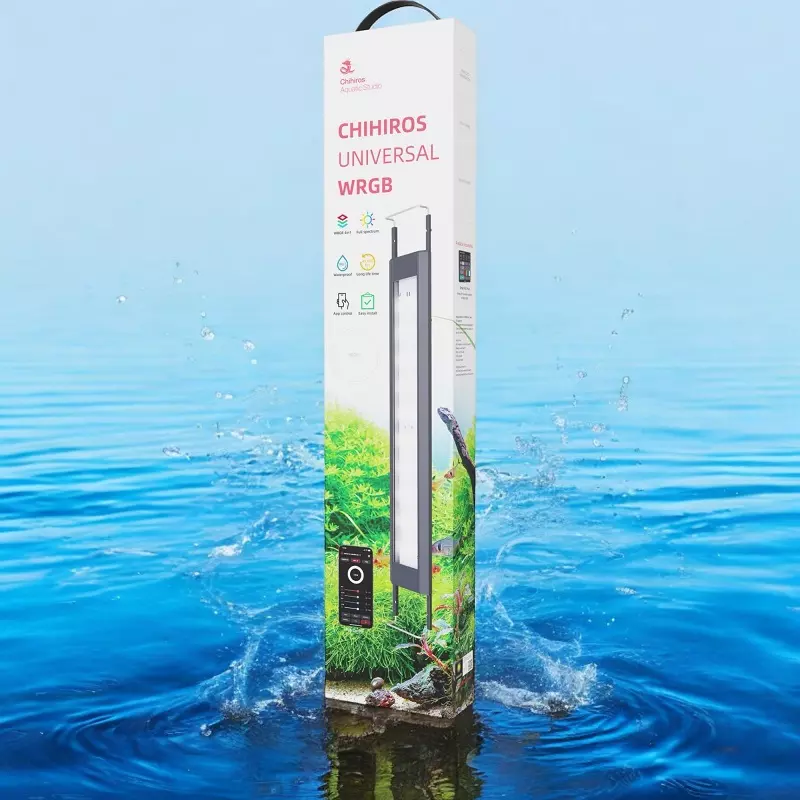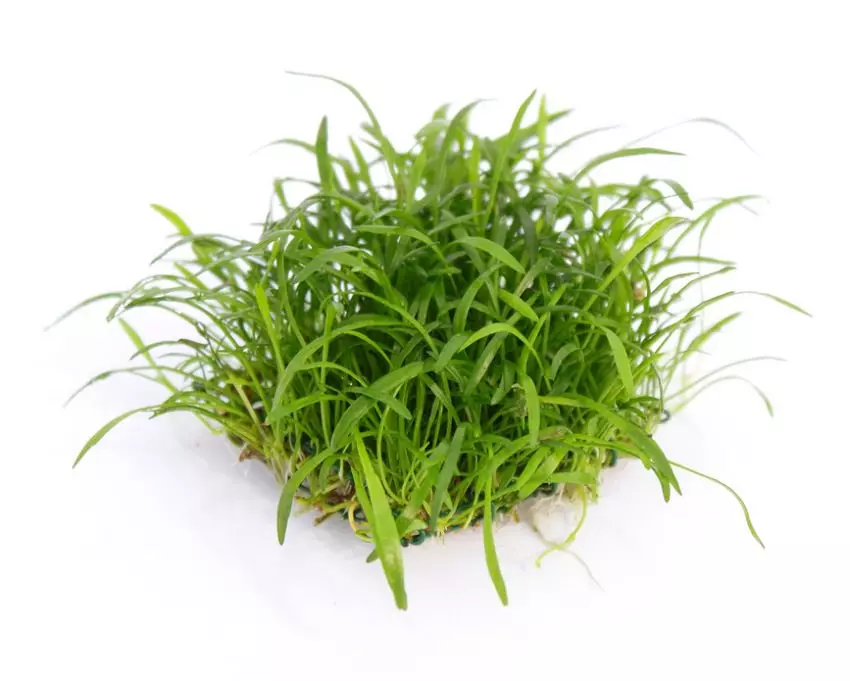

CHF 8.90
Stock: 0
Available in 1-3 days, acquisition time 14 days

Nymphaea red - Red tiger lotus as a forcing tuber
| max. growth height | - 50 cm | Country of origin | Africa |
|---|---|---|---|
| Suitability | Discus aquarium, community aquarium | Type | |
| family | Nymphaeaceae | genus | Nymphaea |
| Propagation | Seeds, daughter plants from the tuber | Growth rate | fast |
| pH | 5 - 8 | Water hardness | 0 - 20 °dh |
| Notes | |||
The Tiger Lotus is widespread in tropical Africa and colonizes a wide variety of waters there - temporary ponds and lakes on the one hand, but also flowing waters on the other. It has a tuber as a storage organ with strong floating leaves. The most beautiful thing about this plant, however, are the submerged juvenile leaves, which do not reach the surface of the water. Of the two color forms, the red tiger lotus is the most popular among aquarists; however, its green color form is rarely found in the trade. Tiger lotus are quite undemanding, older and larger leaves are always removed at the base of the tuber.
8 of 8 reviews
5 out of 5 stars
Login
25 February 2024 15:49
Bei Bedarf bestelle ich diese Knolle/ Pflanze erneut.
Beide Knollen, die ich bestellt hatte, sind in einem unversehrten Zustand angekommen und innerhalb von wenigen Tag aufgegangen.
13 April 2021 11:01
Top
Sehr gut
3 November 2020 18:02
Perfekt
Perfekt
16 October 2020 23:44
Superschöne Farben, guter Zustand.
Superschöne Farben, guter Zustand.
17 June 2019 17:16
Magnifique plante une fois qu’elle s’epanoui
Magnifique plante une fois qu’elle s’epanoui
7 April 2019 02:50
wunderbare pflanze
sehr gesunde knolle die schnell rote blätter gemacht hat,
22 March 2019 14:16
bien
bien
11 January 2019 14:20
parfaite, elle grandit bien
parfaite, elle grandit bien
Customers also bought
Similar products
Customers also viewed








.jpg)














